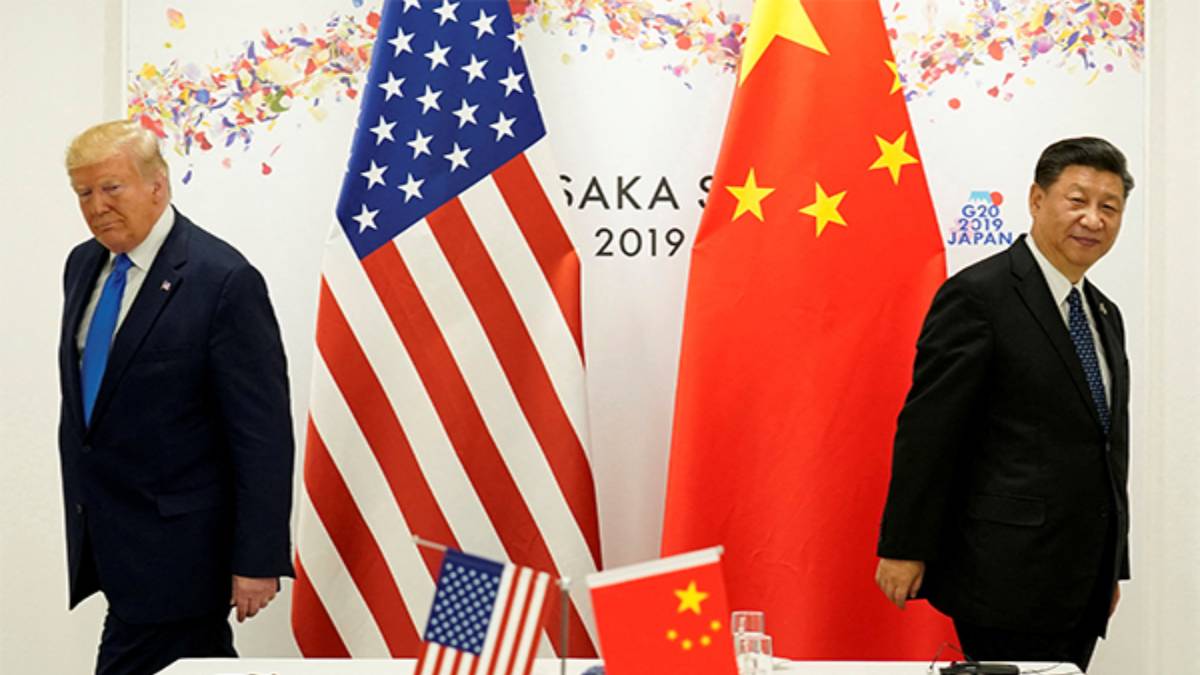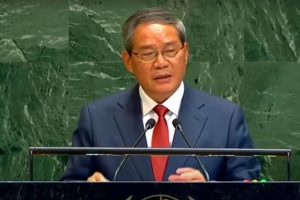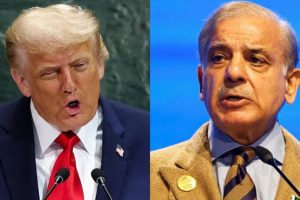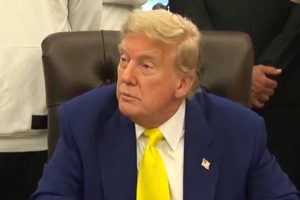The United States has announced new tariffs of up to 245% on Chinese imports, significantly escalating trade tensions between the two countries. According to a fact sheet released by the White House, this move comes in response to China’s retaliatory actions and is part of a broader strategy to enforce reciprocal trade policies.
Before the latest revision, Chinese exports to the US were subject to tariffs of up to 145%. The increase marks a sharp intensification in the US-China trade conflict, with the White House citing China’s lack of cooperation in ongoing trade negotiations.
The fact sheet notes that while over 75 countries have engaged in talks with the US to renegotiate trade agreements, China has chosen to retaliate instead. “As a result, the individualised higher tariffs are currently paused amid these discussions, except for China, which retaliated,” it stated.
Currently, a baseline 10% tariff remains in place on all US imports, alongside specific higher tariffs on countries with which the US maintains significant trade deficits.
President Donald Trump introduced the “Fair and Reciprocal Plan” as a central pillar of his trade policy, aiming to protect American industries and correct what he calls “non-reciprocal” trade agreements. These tariffs, according to the administration, are intended to level the playing field and safeguard national security.
While the Trump administration maintains that these tariffs are necessary for restoring balance in global trade, they have triggered turbulence in global financial markets. Major stock indices in Asia and Europe have seen declines amid investor concerns about the potential for rising inflation and its impact on global economic growth. US markets have also felt the ripple effects.
Since beginning his second term, President Trump has doubled down on his tariff policies, reiterating that the US will mirror tariffs imposed by other nations, including countries like India, to promote fair trade practices.
The escalating tariffs on China mark a critical moment in the ongoing trade standoff, with potential long-term consequences for both economies and global markets.





